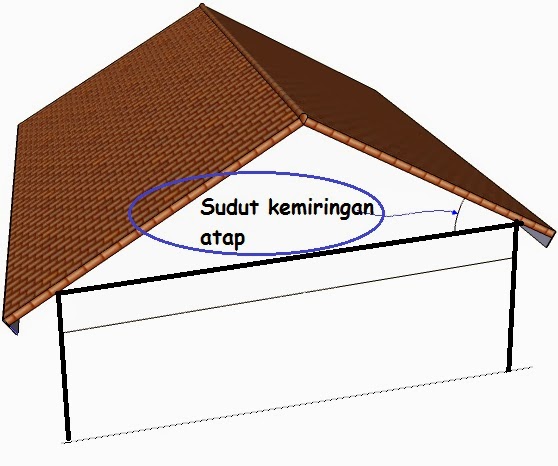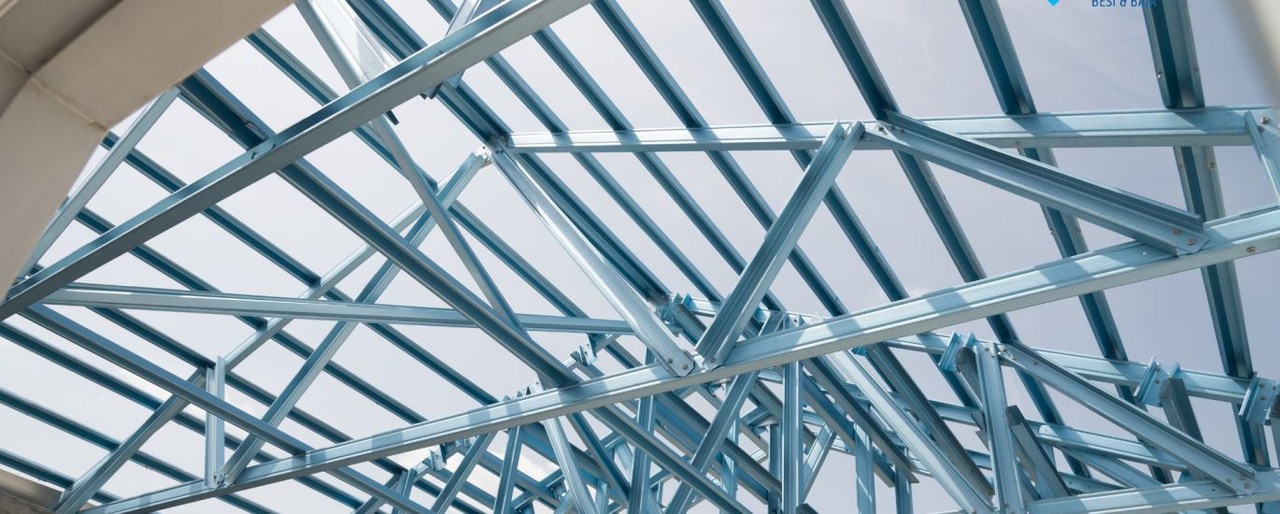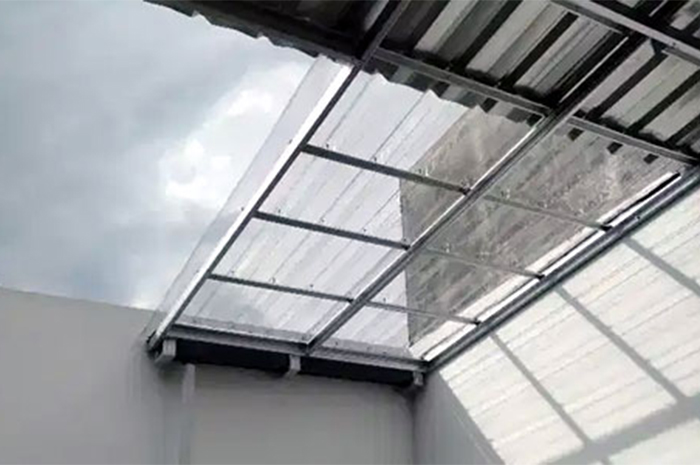Beranda > Artikel
Residential Roof Slope According to Material

Ideal Roof Angle Slope According to Material. I've experienced this. Every time it rains the roof of the house always leaks. Even after repairing it, it still leaked. Investigate, not investigate, not because the roof tiles are damaged or cracked. The cause is none other than the slope of the roof angle which is not ideal. So the rainwater does not flow properly.
Different Roof Materials, Different Slopes There are now many choices of roofing materials. Starting from clay tiles to metal. Each material has advantages and disadvantages. Therefore, be careful in choosing the type of roof. Adapt to conditions and circumstances. European houses have steeper slope angles. This is to avoid the bad effects of winter. Meanwhile, houses in tropical areas, such as Indonesia, do not need to be like those in Europe. The aim of the roof is to ensure that rainwater flows well so that no leaks occur.
1. Dak Roof Slope
Many people think that concrete roofs do not need a slope as long as they are cast correctly. Even though that's not the case. Even if you use a cast or concrete roof, there needs to be a slope so that rainwater can drain. How many degrees are required? 5 degrees is enough for dak. Tips: To avoid seepage or leaks, use a waterproof layer. Even good cement mortar has a big influence on whether it will seep or not.
2. Cast/Concrete Roof
Not a few housing developments use cast roofs or concrete roofs. Maybe you also want to apply it to your home. There are indeed disadvantages to this cast roof. That is, if damage occurs, we usually have difficulty getting new roof tiles. Unless it is common in your area to use cast roofs. Then, how many degrees is the angle of inclination of a concrete roof? Experts suggest 30 to 35 degrees.
3. Tin/Asbestos roof
Zinc or asbestos are two very well-known roofing materials. Before the presence of various types of roofs today, people only had alternatives to zinc and asbestos. The application of tin roofs is very common, especially in Eastern Indonesia. Especially in small island areas. Zinc/asbestos roofs do not cause hassle, both in construction and maintenance. The slope angle of a zinc or asbestos roof should be no less than 10 degrees. You can apply it from 5 degrees to 25 degrees.
4. Metal tile roof
Around the early 2000s, Indonesian people began to become familiar with metal tile roofs. This type of tile is very practical. The practicality is an added value to metal roof tiles. To install this type of roof, a slope angle of 25 to 35 degrees is required.
5. Clay/Ceramic Tile Roof
This type of roof tile is very commonly used in Indonesia. Even though it is susceptible to leaks because it cracks easily, this type of roof has many advantages. One of them is to reduce heat. If you want clay tiles that are more beautiful and long-lasting, you can choose glazed tiles. Glazed roof tiles are clay roof tiles that have been coated. This reduces the impact of leaks and seepage. The angle of inclination of a clay tile roof should be sharp. The sharper the angle of inclination the better. The minimum tilt angle is 30 degrees.
6. Spandek roof
This type of roof is an innovation from metal roofs. Spandex roofing material is a mixture of aluminum and zinc. The spandex roof is more flexible. This is because of the presence of silicone material. Spandex roofs are very suitable for use in factories, shops, malls and the like. This material is claimed to be the most durable roofing material. It's just that because the basic material is metal, its absorption capacity for heat from sunlight is very high. The slope level ranges from 5 degrees to 60 degrees.
Summary of Roof Slope Levels of Various Types
The following is a summary of slope levels for various types of roofs.
- Cast roof 30-60 degrees. Batten distance 25.5-35.5 cm.
- Dak roof: 5 degrees - Zinc/Asbestos Roof: 5-25 degrees. Batten distance 60 cm.
- Metal roof tiles: 15-90 degrees. For home 25-35 degrees. Batten distance 36-38.5 cm.
- Clay Roof Tiles: 30-60 degrees. Batten spacing 26 cm.
- Spandek roof: 5-60 degrees. Batten distance 60cm.
 Bahasa Indonesia
Bahasa Indonesia  Inggris
Inggris
 Bahasa Indonesia
Bahasa Indonesia  Inggris
Inggris
 Ideal Roof Angle Slope According to Material. I've experienced this. Every time it rains the roof of the house always leaks. Even after repairing it, it still leaked. Investigate, not investigate, not because the roof tiles are damaged or cracked. The cause is none other than the slope of the roof angle which is not ideal. So the rainwater does not flow properly.
Ideal Roof Angle Slope According to Material. I've experienced this. Every time it rains the roof of the house always leaks. Even after repairing it, it still leaked. Investigate, not investigate, not because the roof tiles are damaged or cracked. The cause is none other than the slope of the roof angle which is not ideal. So the rainwater does not flow properly.





